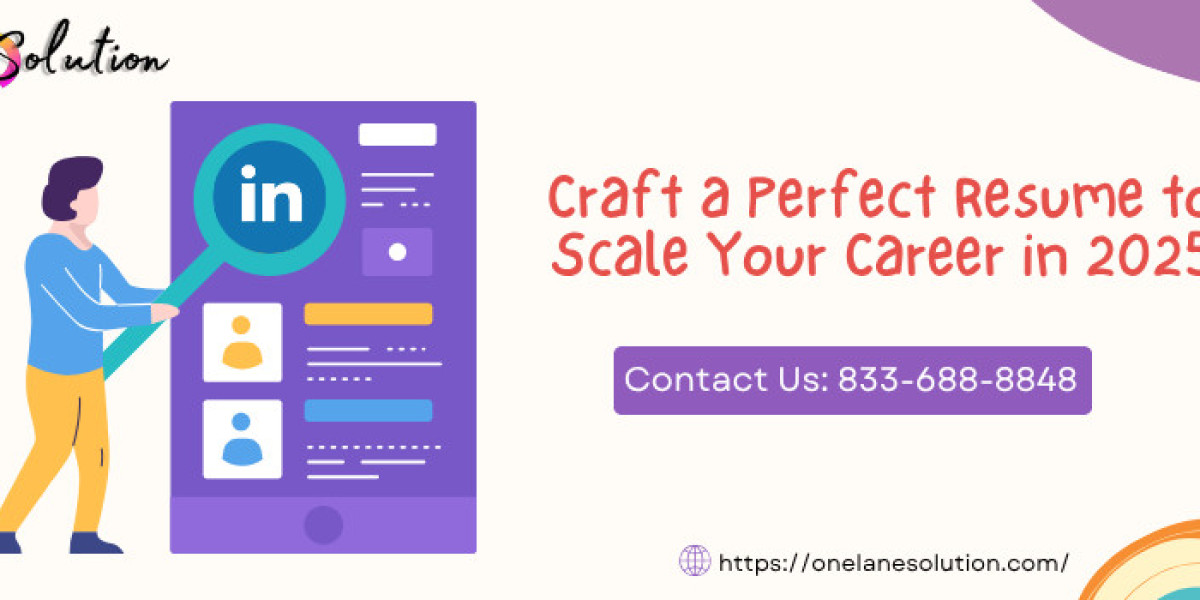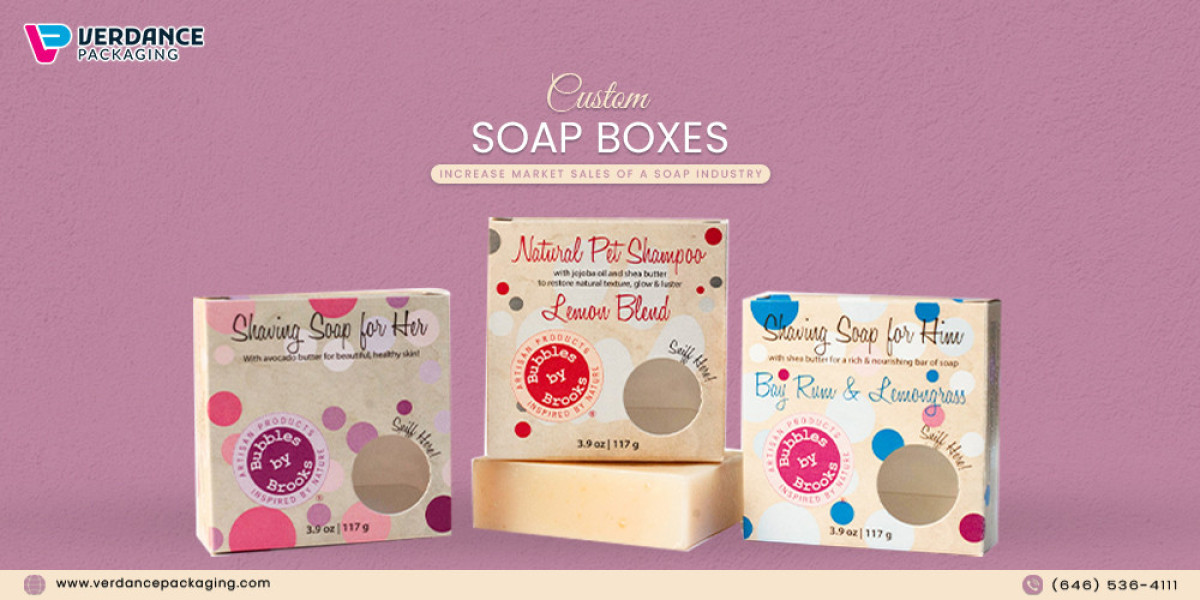A professional resume isn’t just a summary of your work history — it’s your personal marketing tool. In a sea of job applications, your resume needs to Professional Resume, and most importantly, secure you an interview.
Here’s a step-by-step guide to help you craft a professional resume that gets results:
1. Choose the Right Resume Format
There are three main types of resume formats:
Chronological (most common): Lists work history in reverse order
Functional: Focuses on skills rather than work history
Combination: Blends both skills and job history
Tip: Most recruiters prefer the chronological format unless you’re changing careers or have gaps in employment.
2. Start with a Powerful Resume Summary
Your resume should begin with a short summary (3–4 lines) that captures who you are and what you offer.
Example:
“Detail-oriented accountant with 5+ years of experience in financial reporting and tax planning. Proven ability to improve processes and save costs. Seeking to leverage expertise in a dynamic accounting role.”
This instantly shows your value to a hiring manager.
3. Tailor Your Resume for Each Job
Don’t send the same resume everywhere. Customize your resume for every application.
Match your experience with the job description
Use the same keywords used in the job ad
Focus on relevant achievements for the role
Recruiters can tell if you’ve taken the time to personalize your resume — and they appreciate it.
4. Highlight Achievements, Not Just Duties
Instead of listing job responsibilities, focus on what you accomplished.
Before:
“Managed social media accounts.”
After:
“Increased social media engagement by 45% through targeted content strategy.”
Use numbers and results to quantify your impact.
5. Keep It Clean and Professional
Your resume should be:
One page (two max if experienced)
Free of typos and grammatical errors
Easy to read with clear headings and bullet points
Best fonts: Calibri, Arial, Helvetica (10–12 pt)
File format: Save and send as a PDF, unless otherwise requested.
6. Add Key Sections
Here’s a standard professional resume structure:
Contact Information
Professional Summary
Work Experience
Skills
Education
Optional: Certifications, Awards, Projects, Volunteer Work
7. Include Relevant Skills
Highlight a mix of technical and soft skills. Make sure they’re relevant to the job you’re applying for.
Example Skills:
Microsoft Excel | Project Management | Data Analysis
Communication | Leadership | Time Management
Place skills in a dedicated section for visibility.
8. Proofread and Review
One typo can hurt your chances. Carefully proofread your resume or use tools like Grammarly. Ask a friend or mentor to review it for feedback.
Final Checklist
Professional format and font
Customized for the job
Strong, results-driven bullet points
No spelling or grammar errors
Clear and concise (1–2 pages max)
Also Lookup:- 11 Growth Hack on LinkedIn
Conclusion
A well-crafted resume can open the door to amazing job opportunities. Focus on clarity, relevance, and value. When done right, your resume doesn’t just tell your story — it sells your strengths.



